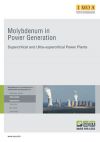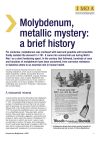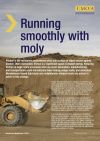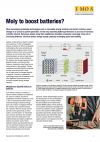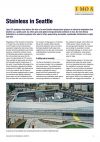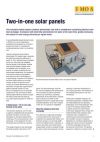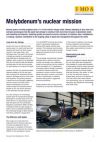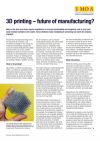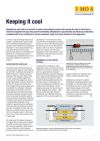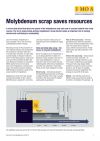Moly is a Jack of all trades
18/04/2019
At the ends of the earth, strange machines patrol the oceans in search of oil deposits to drill for. Meanwhile, their cousins stand tall in some of the world's gustiest seas, installing or maintinaining offshore wind turbines. Both of these highly specialized vessels, lifted up by jackup legs, brave extreme conditions on the sea to help meet our global energy demand. But constant exposure to high winds and enormous waves means 'jackups' must be made of strong materials. Molybdenum-containing steel allows these special machines to stand up to the forces of nature, while ensuring the safety of the people who work and live onboard them.


